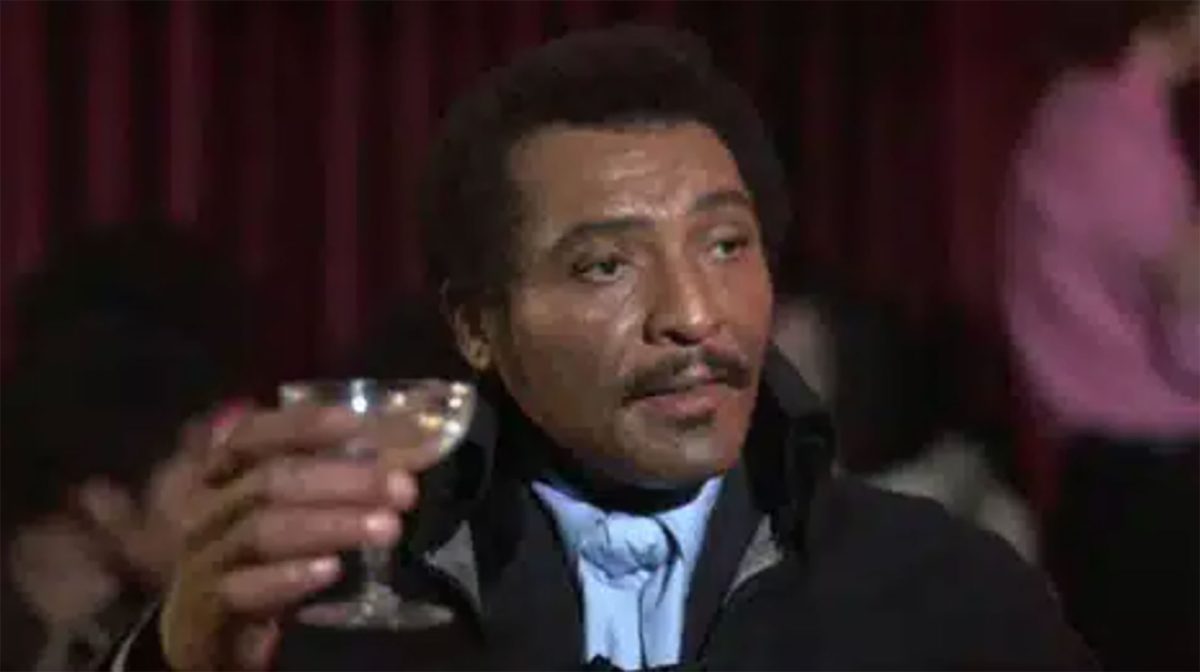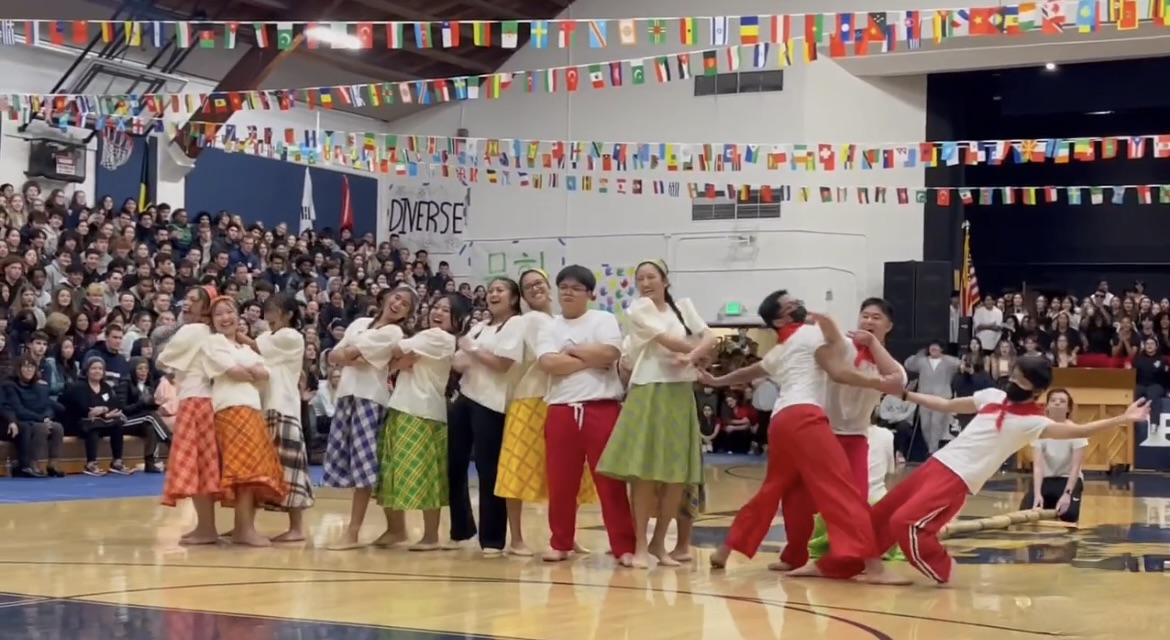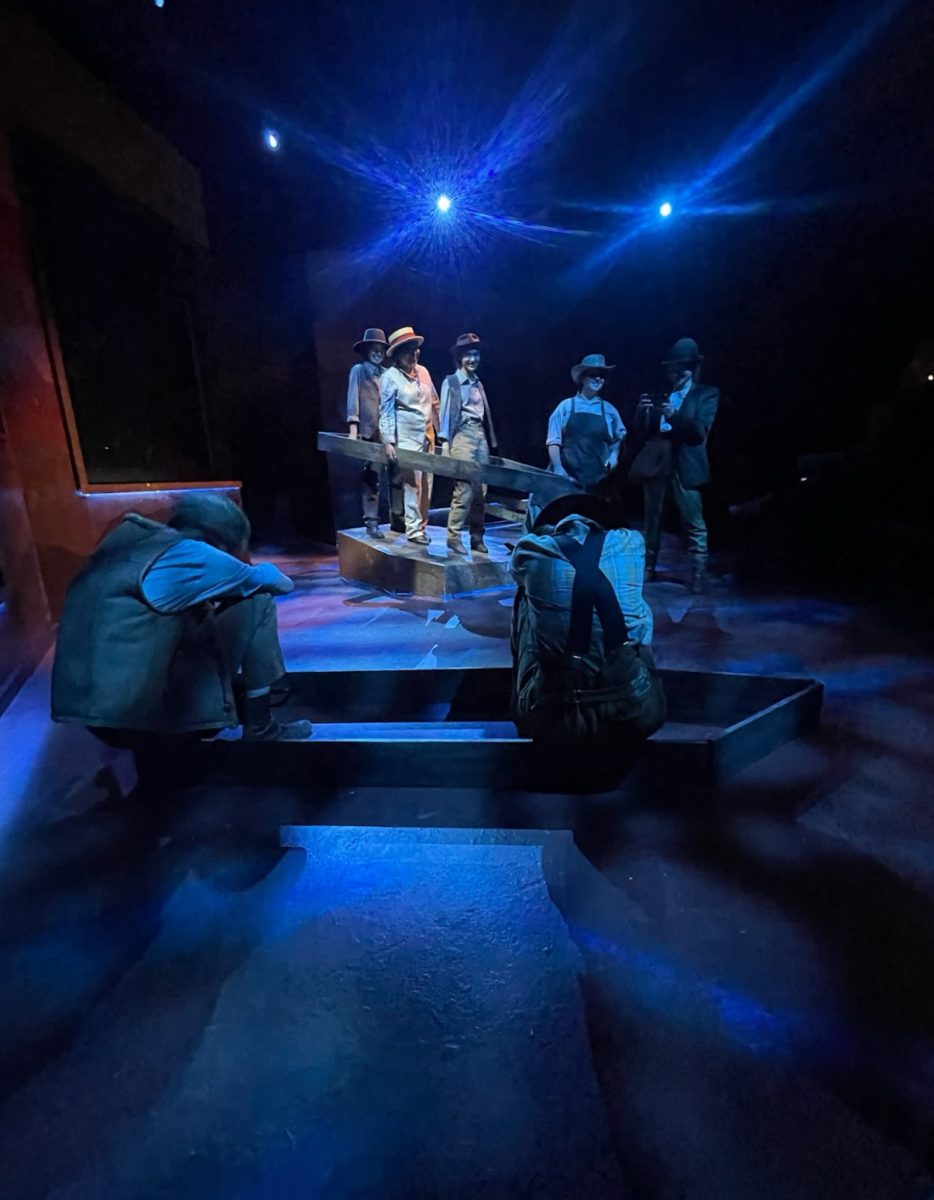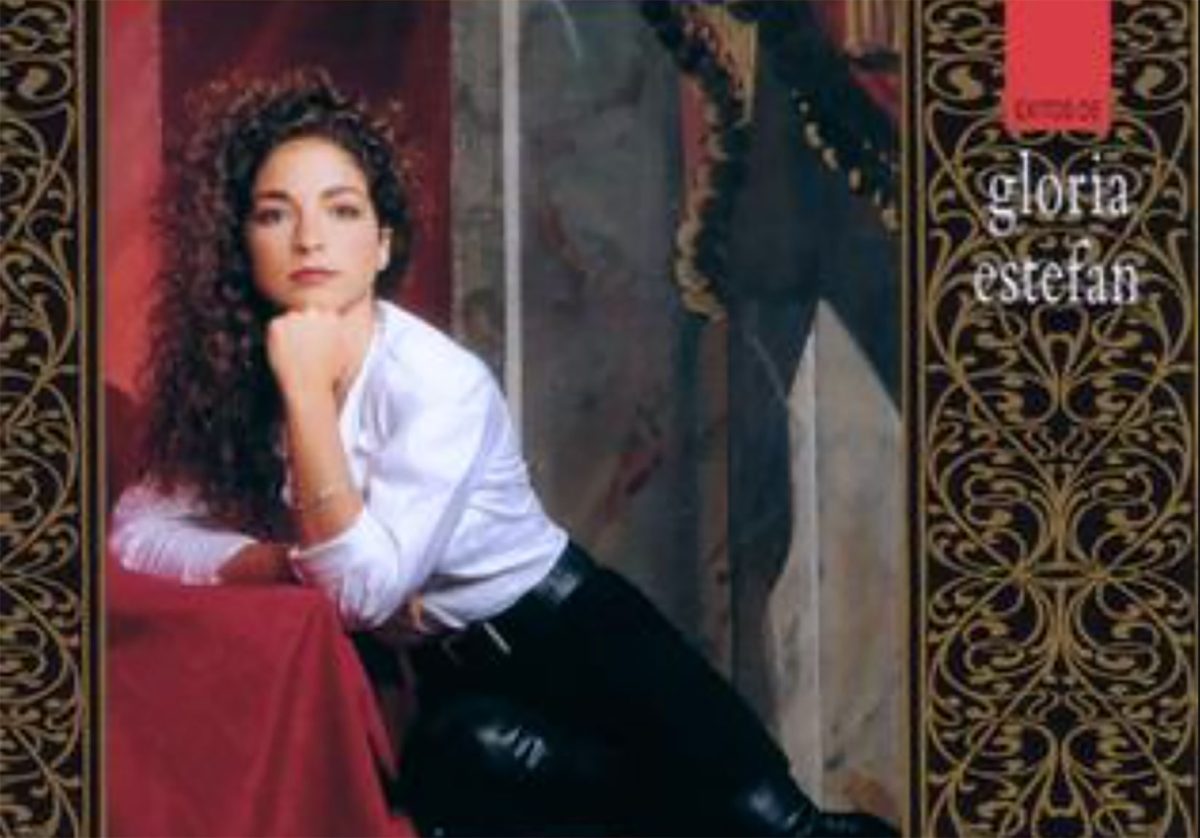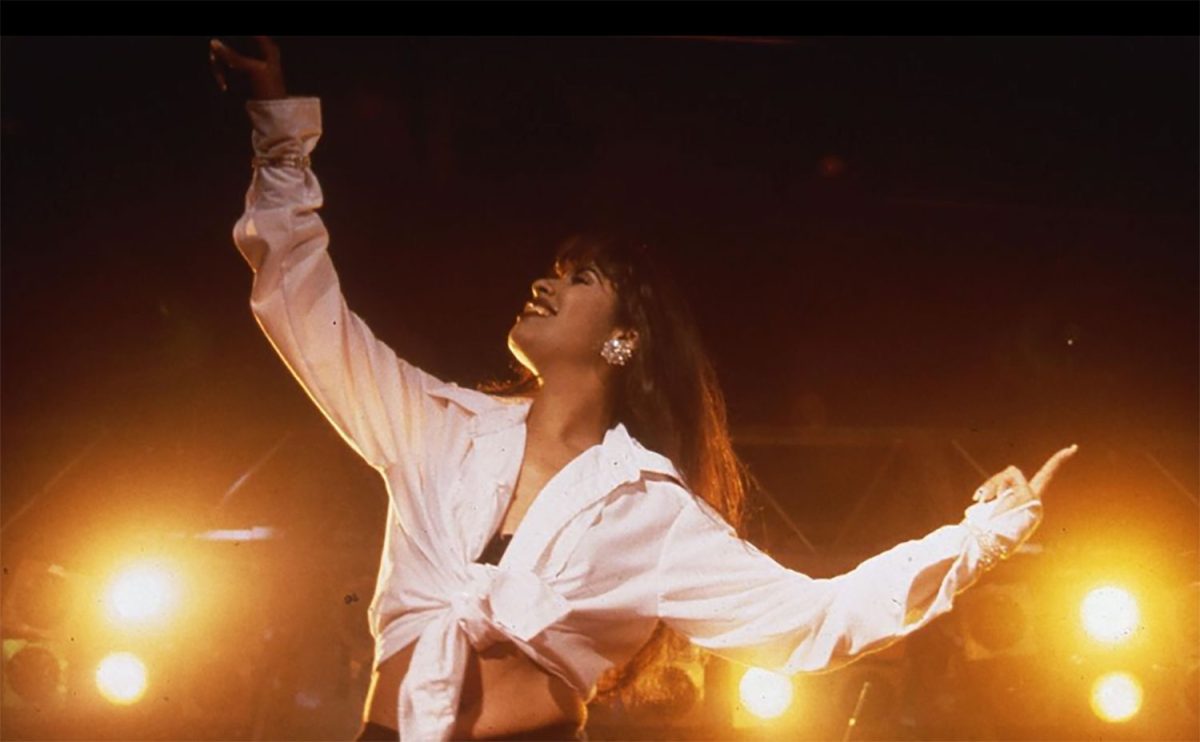Art is inherently a product of its time.
From “A Sunday on La Grande Jatte” by Georges Seraut to “Vogue” by Madonna, art is a reaction to the environment in which it was created.
In 1972, as the Black Power movement surged and America grappled with social upheaval, a new kind of monster emerged from the shadows: Blacula
William Crain’s “Blacula” centers on African Prince Mamuwalde, who, during a visit to Dracula in the 1800s, is cruelly turned into a vampire and mockingly christened “Blacula.” Imprisoned in a coffin for 150 years, he’s unwittingly unleashed in 1970s Los Angeles when an unsuspecting interior design couple purchases it.
Mamuwalde awakens and, in a violent rage, makes them his first victims. He then encounters Tina, a woman bearing an uncanny resemblance to his long-lost wife, Luva. As he pursues a romance with her, Tina’s friends discover Mamuwalde’s vampiric nature and, fearing for her safety, stake her. Consumed by grief, Mamuwalde chooses to end his tormented existence by stepping into the sunlight.

Director William Crain belonged to the “L.A. Rebellion,” a collective of Black filmmakers who studied at UCLA from the late 1960s to the early 1980s and had come of age during the civil rights movement.
This group, which included Charles Burnett, Julie Dash, Zeinabu Irene Davis, Jamaa Fanaka, Haile Gerima, Alile Sharon Larkin, and Billy Woodberry, created work reflecting and addressing the racial inequalities of the time.
Crain was unique from the other creatives in the L.A. Rebellion, as he was more focused on mainstream and genre-based works rather than purely political or personal ones.
However, to say “Blacula” isn’t a political movie would be inaccurate. Created during the height of the Black Power and Black Panther movements, it drew considerable inspiration from their ideals.
“Blacula” is part of a unique genre of movies called Blaxploitation which had heavy roots in these movements.
Blaxploitation films, which emerged in the early to mid-1970s and featured predominantly Black casts, have been met with both criticism and praise within the Black community.
Some argue that these films misrepresent Black culture, perpetuating stereotypical depictions of Black people, often glorifying drug dealing, violence, and casual sex.
Others view these films as empowering Black voices, promoting self-possessed Black characters, and providing a space for Black expression.
“Blacula” may have been dismissed by some as a low-budget exploitation film, but its impact on both horror cinema and Black representation is undeniable.
Never had an audience seen a primarily black cast taking the lead in the story rather than simply assisting a white protagonist.
By blending gothic horror with Black Power themes, William Crain created a film that challenged racial stereotypes, explored the legacy of oppression, and paved the way for future generations of Black filmmakers.
It has influenced other movies of the horror genre such as the anthology “Tales from the Hood” (1995) to recent smash hit “Us” (2019) from director Jordan Peele.
“Blacula” continues to influence contemporary horror films and has cemented its place as a landmark film in the evolution of Black cinema.

